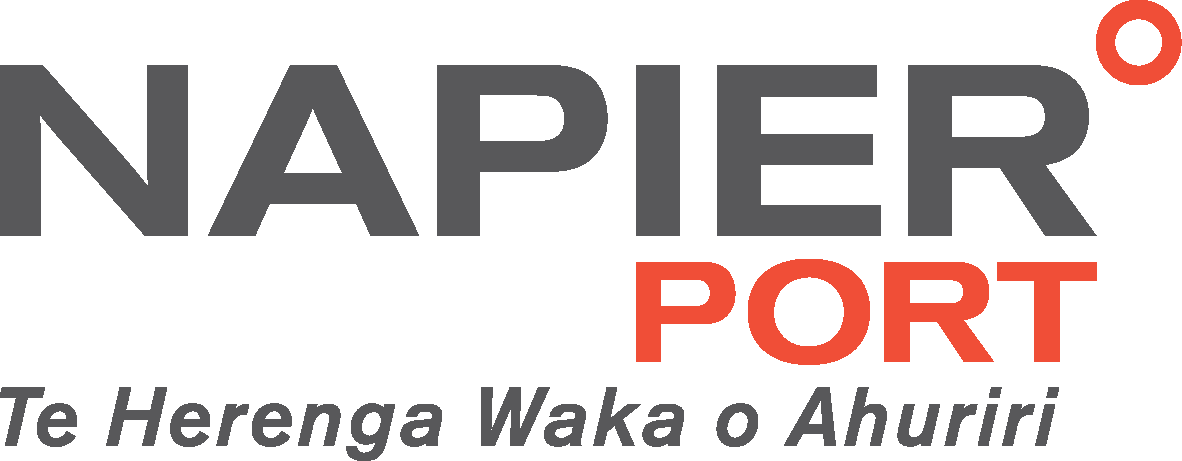For the purpose of controlling access to ships, port facilities, and port security areas, the following credentials are acceptable for the purpose of establishing identity:
If you intend to undertake work at Napier Port or are a regular visitor to Napier Port (for example a contractor or transport operator), you will need a Port Pass ID card.
You do not need a Port Pass ID card if you are visiting Napier Port and will be escorted by an ‘elected supervisor’ (someone who works for a business at the port and has a current Port Pass ID card). Visitors will still need to provide photo identification as proof identity. Please keep your photo identification on you at all times while on port, as you may be asked to produce it at any time.
1. A military identification card
2. An identification card issued by a New Zealand Government department, government agency, or the New Zealand Defence Force
3. A driver’s licence issued by the New Zealand Land Transport Safety Authority
4. A seafarer’s identity document issued by a contracting government or flag state administration
5. A valid passport
6. An identification credential issued by a port facility operator
7. An identification credential issued by a recognised company, union, or trade association
8. Other forms of identification approved by the Chief Executive, Port of Napier Ltd
A photo identity is only acceptable if it contains:
1. The holder’s full name
2. The holder’s photograph
3. The name of the issuing authority
The identification must be protected against being tampered with (for example, be laminated).
